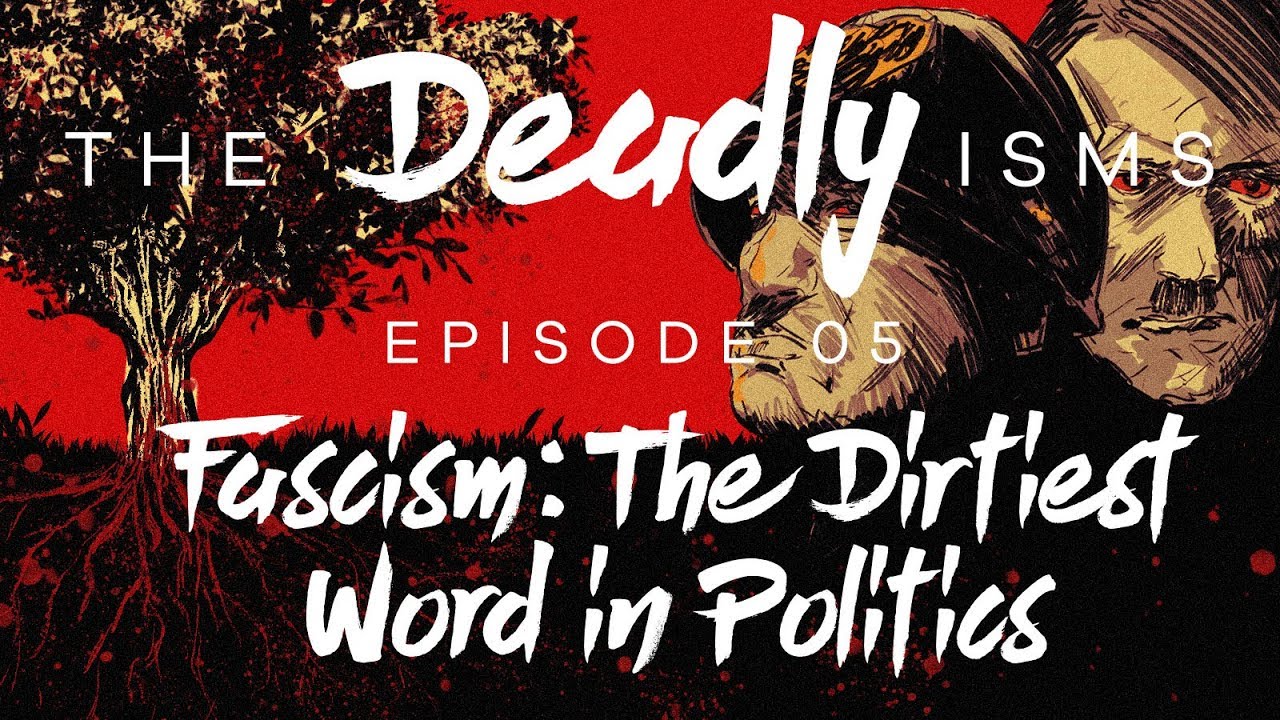
Fashionable Fascists, or the Dangers of Populism
“Fascist!” is an insult you might hear flung at anyone for holding any view the speaker doesn’t like. The Antifa (short for Antifascist) movement chooses their targets with a particular lack of discrimination. But as George Orwell, himself a master of language, pointed out, words have meaning, and when you dilute a word like “fascist” to the point of banality, you lose an important tool for identifying and condemning evil.
In Episode 5 of The Deadly Isms video series, we discuss fascism from a historical context. Fascism was a 20th century authoritarian movement that swept across Europe, encompassing Spain, Italy, and most famously, Germany. While fascism mirrored other forms of totalitarianism in calling for strict government control over business, as well as the personal lives of citizens, it was unique in that it was not based on any ideological or theoretical core. Communists had the works of intellectuals like Karl Marx to support them. There are really no great works by fascist thinkers. It was a much more pragmatic system of government, by which rulers intended to channel popular sentiment into increased power for themselves.
The fascists were intensely nationalist, combining ideas of national greatness with general xenophobia to justify increased government control.
In Germany’s case, this led to the horrific anti-Semitic purges of The Holocaust. Elsewhere, it was limited to hostility towards immigrants and foreigners of all stripes, with “the other” being a convenient scapegoat for problems at home, problems which inevitably arose due to the economic insanity embraced by the fascists.
While fascism nominally left business in private hands, government interference in terms of price fixing and production quotas was such that it might as well have been communism, an irony since the communists were some of fascist’s fiercest opponents. It was this economic interventionism that, it may surprise many to learn, led to a kind of fascism in the United States as well. Franklin Delano Roosevelt’s New Deal, and specifically the National Recovery Administration, were openly imitative of Mussolini’s policies in Italy, and set a precedent for government control of the economy that has still not been fully reversed to this day. These policies were one of the reasons that emergence from the great depression took decades instead of the shorter recovery periods that typified earlier depressions.
It would be naïve to say that fascism was a purely 20th century phenomenon and that we’ve left such backwards thinking behind. While the word became anathema to Americans after World War II, you can still see the threat of fascist ideas, even if they are not always named as such, emerging today.
Neo-fascist groups are popping up in Europe, largely in response to what they see as an assault on their national sovereignty by foreign hoards. And even in America, the spectre of nationalism has begun to rise again, leading to concerns about a potentially fascist future. This is why it’s so important to remember the roots and practices of actual fascism, and not just throw the term around as a catch-all insult. For those who do not learn from the past are doomed to repeat it.
Free the People publishes opinion-based articles from contributing writers. The opinions and ideas expressed do not always reflect the opinions and ideas that Free the People endorses. We believe in free speech, and in providing a platform for open dialogue. Feel free to leave a comment.



